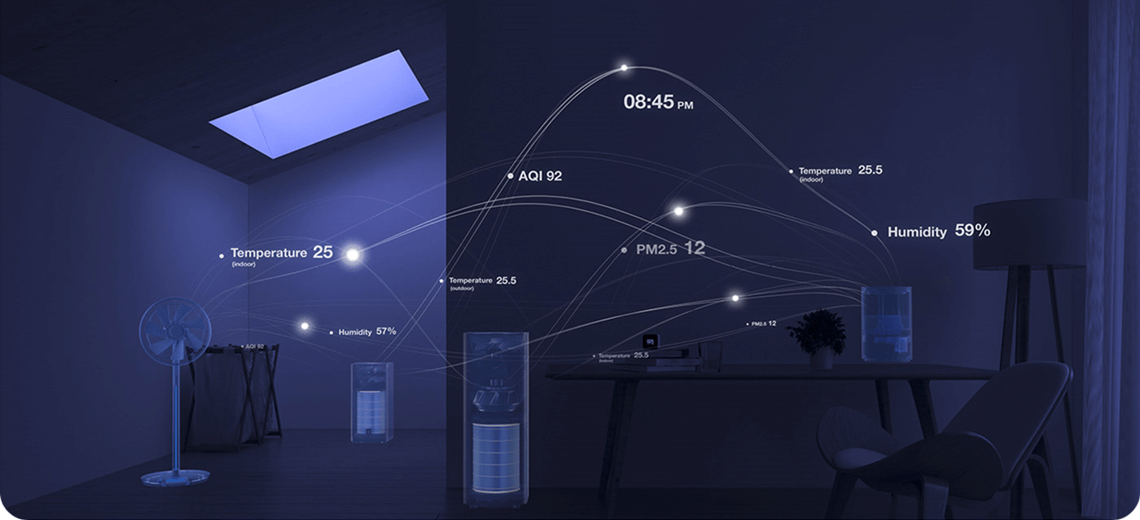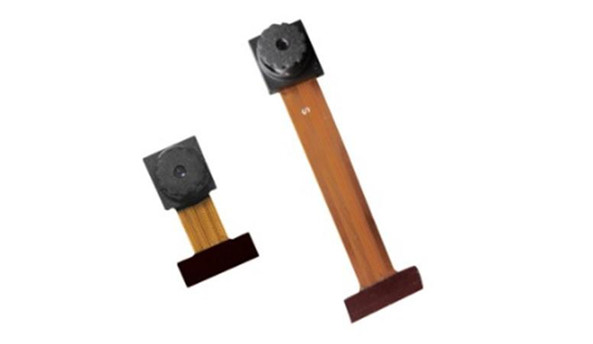
Smart cameras are an important part of the Internet of Things (IoT), and the rich video data it captures is the key to successfully achieving cross-industry interconnection solutions and analysis. Accessing such data in various environments usually requires a smaller form factor. Video captured by smart cameras has become the main source of Internet of Things (IoT) data. These smart cameras are important for solutions used in countless industries and market segments.
Component, the cameras on the market have huge differences in technology, protocols, software and compatibility. Image quality requires a powerful preprocessing function; the verification process of MIPI sensors is too complicated; the driver problem of software integration requires professional engineering design expertise to solve.
IoT camera modules play a crucial role in enabling various IoT applications that require visual data, such as surveillance, home automation, industrial monitoring, healthcare, and more.
Key features of IoT camera modules may include:
• Compact Size: IoT camera modules are typically small in size, making them easy to integrate into various devices or systems.
• High-Resolution Imaging: These modules can offer high-resolution image or video capture to ensure clear and detailed visuals.
• Connectivity Options: IoT camera modules support various communication protocols like Wi-Fi, Bluetooth, Zigbee, or cellular networks, enabling seamless data transfer to cloud servers or other connected devices.
• Power Efficiency: To cater to battery-powered IoT applications, these modules are designed to be energy-efficient, optimizing power consumption.
• Real-time Streaming: Many IoT camera modules allow real-time video streaming, which is useful for live monitoring and remote access.
• Edge Processing Capabilities: Some advanced IoT camera modules incorporate edge computing, allowing basic image processing or analysis to be performed locally on the device before transmitting data to the cloud.
• Secure Data Transmission: Security is a significant concern in IoT applications, and reputable IoT camera modules often implement encryption and authentication mechanisms to ensure data privacy.
• Flexibility and Customization: Manufacturers may provide SDKs (Software Development Kits) or APIs (Application Programming Interfaces) to allow developers to customize and integrate the camera module into their applications seamlessly.
Relate Camera Modules



MIPI IOT Camera Module
• UXGA(1632*1232),2MP,High sensitivity for low-light operation
• Support dynamic (50db)With image compression function
• Applied to Cellular and Camera Phones,Toys,PC Multimedia Digital Still Cameras,image transmission,scanning.etc.

